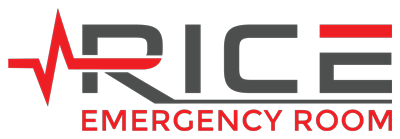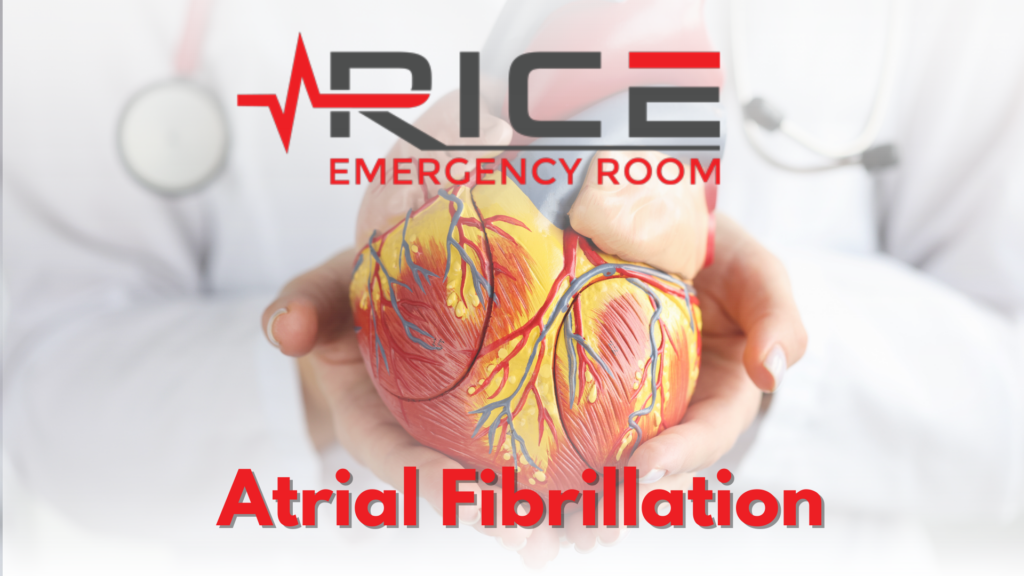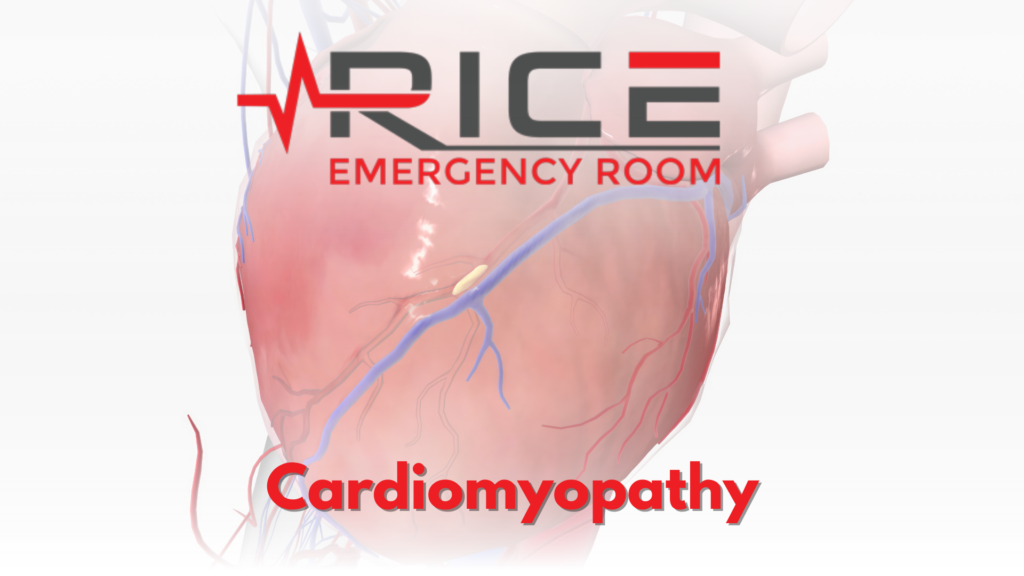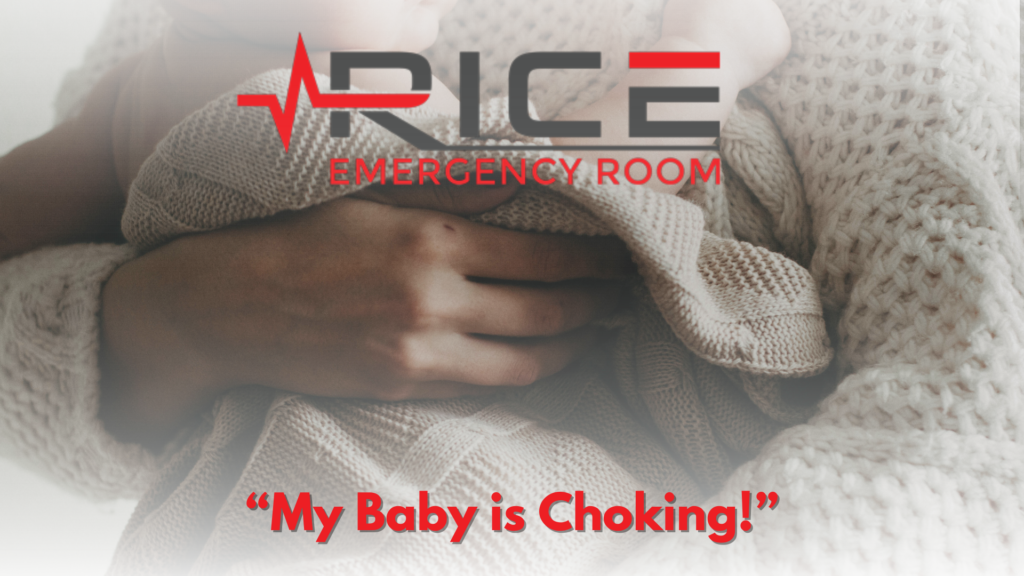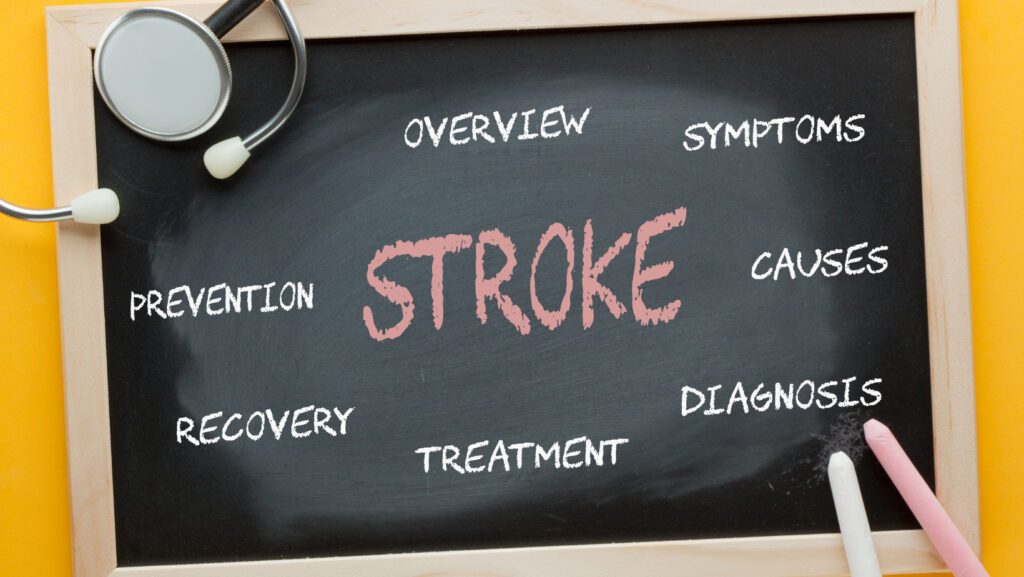
May is Stroke Awareness Month. It’s about spreading knowledge about stroke, a critical health issue that affects millions. Stroke is a leading cause of death and disability throughout the United States, impacting approximately 795,000 people annually.
Despite its alarming statistics, stroke is a preventable and treatable condition. By understanding its different types, including ischemic and hemorrhagic stroke, we can take proactive measures to reduce its impact on individuals and communities.
As we shine a spotlight on Stroke Awareness Month, we can take positive steps toward educating ourselves and others about the signs, symptoms, and treatments for stroke. Together, we can make a difference in promoting stroke awareness and ultimately saving lives.
What are Strokes & ICH?
Strokes are often associated with high blood pressure and may go unnoticed until a significant event occurs. Other causes can include trauma, infections, tumors, blood clotting deficiencies, and abnormalities in blood vessels.
There are two main types of stroke: ischemic stroke and hemorrhagic stroke. Ischemic stroke happens when a blood clot blocks an artery in the brain. In contrast, a hemorrhagic stroke occurs when a blood vessel leaks or ruptures. Hemorrhagic stroke accounts for about 13% of stroke cases in adults and approximately 44% in children.
One severe subtype of hemorrhagic stroke is called intracerebral hemorrhage (ICH). ICH can be life-threatening as it causes bleeding that compresses the brain tissue, leading to neurological symptoms. (Astrazeneca)
Signs & Symptoms
Recognizing the signs and symptoms of a stroke is crucial, as it is a medical emergency where every minute counts. Common stroke symptoms include numbness or weakness in the arm, face, or leg, sudden confusion, difficulty speaking, and dizziness. To quickly assess if someone may be having a stroke, you can use the F.A.S.T. test:
- Face Drooping: Check if one side of the face is drooping or numb by asking the person to smile. If their smile is uneven, it could be a sign of a stroke.
Arm Weakness: Check for arm weakness or numbness by asking the person to raise both arms. If one arm drifts downward, it could be a sign of a stroke.
- Speech Difficulty: Listen for slurred speech or speech that is hard to understand. If the person is having difficulty speaking clearly, it could be a sign of a stroke.
- Time to Call 911: If any of these symptoms are present, it’s crucial to call 911 immediately for emergency medical attention. Time is critical in treating a stroke, so don’t delay seeking help if you suspect someone may be experiencing a stroke. (SOPHE)
Preventing Stroke
80% of strokes can be prevented if correct measures are taken. You can take proactive steps to prevent stroke by following the American Heart Association/American Stroke Association’s Life’s Simple tips:
- Manage Blood Pressure: Keeping your blood pressure in a healthy range through regular monitoring, medication as prescribed by your healthcare provider, and adopting a healthy lifestyle can significantly lower your risk of stroke.
- Control Cholesterol: Monitoring and managing your cholesterol levels, particularly LDL or “bad” cholesterol, through a healthy diet, regular exercise, and prescribed medications can help prevent plaque buildup in arteries and reduce the risk of stroke.
- Reduce Blood Sugar: If you have diabetes, managing your blood sugar levels through medication, healthy eating, and regular physical activity can help lower your risk of stroke.
- Get Active: Regular physical activity, such as brisk walking, swimming, or other forms of exercise, can help improve cardiovascular health, lower blood pressure, and reduce the risk of stroke.
- Eat Better: A healthy diet rich in fruits, vegetables, whole grains, lean proteins, and low-fat dairy products can lower your risk of stroke by reducing high blood pressure, high cholesterol, and obesity. (Heart.org)
In conclusion, stroke, including intracerebral hemorrhage (ICH), can be life-threatening and require immediate medical attention. Treatment options may include surgical, medical, or interventional neuroradiology interventions to control bleeding and reduce pressure in the brain. It is crucial to work closely with your doctor to understand your risk factors for stroke and develop an emergency action plan involving loved ones for swift access to care if needed.
Remember, recognizing the signs and symptoms of a stroke and seeking prompt medical attention can make a significant difference in the outcome. By raising awareness about stroke and taking preventive measures, we can work towards reducing the impact of stroke and improving outcomes for those affected.
Works Cited
Astrazeneca. National Stroke Awareness Month – Key Facts You Should Know.
National PACE Association. “May Is National Stroke Awareness Month: National Pace Association.” May Is National Stroke Awareness Month | National PACE Association,
www.npaonline.org/may-national-stroke-awareness-month.
SOPHE. “Stroke – Society for Public Health Education.” SOPHE, 6 Oct. 2021,
Heart.org. “8 Things You Can Do to Prevent Heart Disease and Stroke.” Www.heart.org, 2 June 2022,
www.heart.org/en/healthy-living/healthy-lifestyle/prevent-heart-disease-and-stroke.
